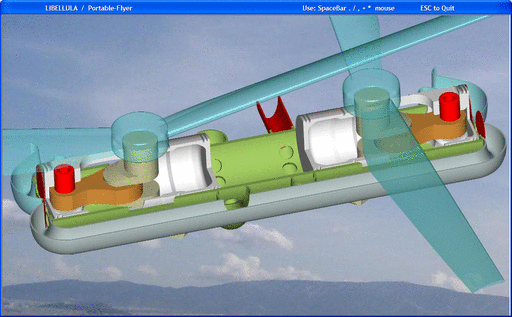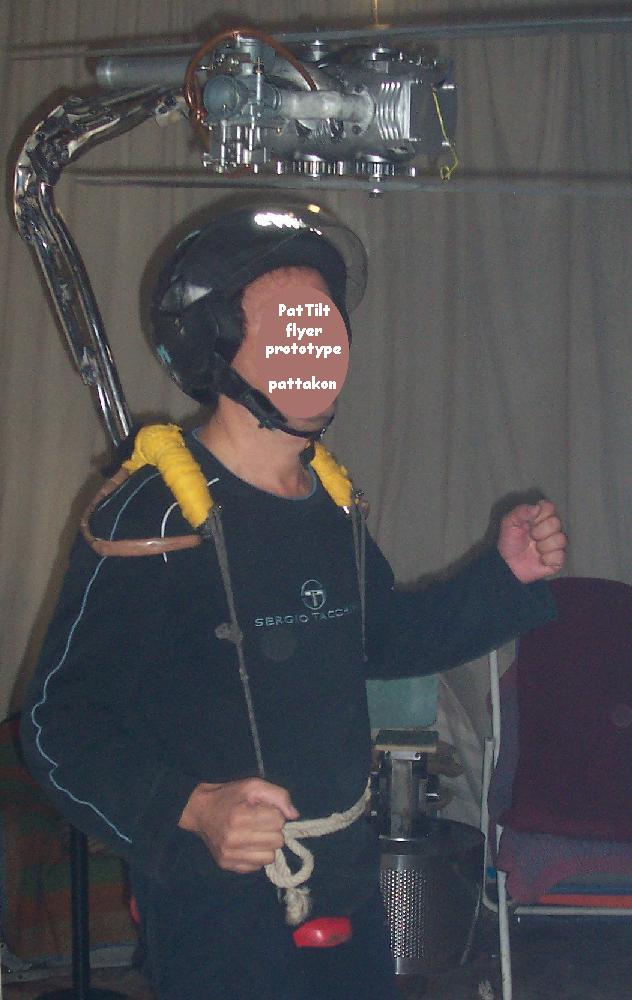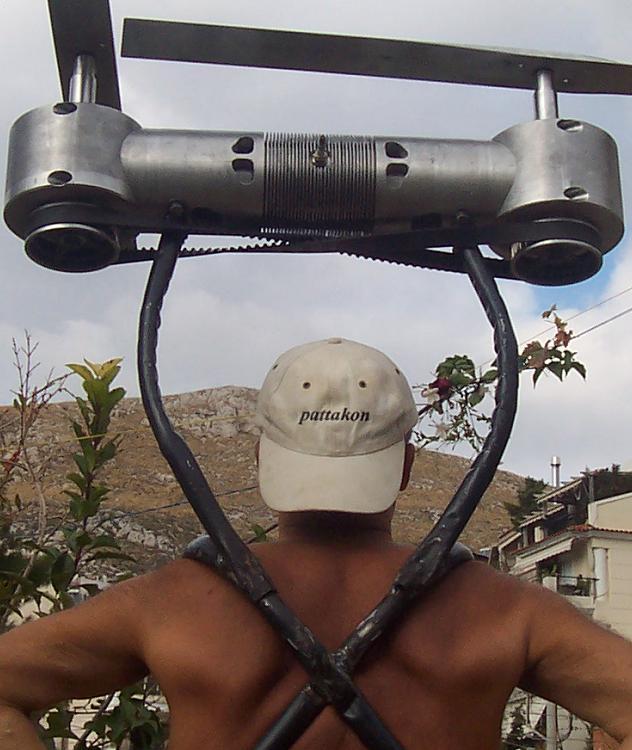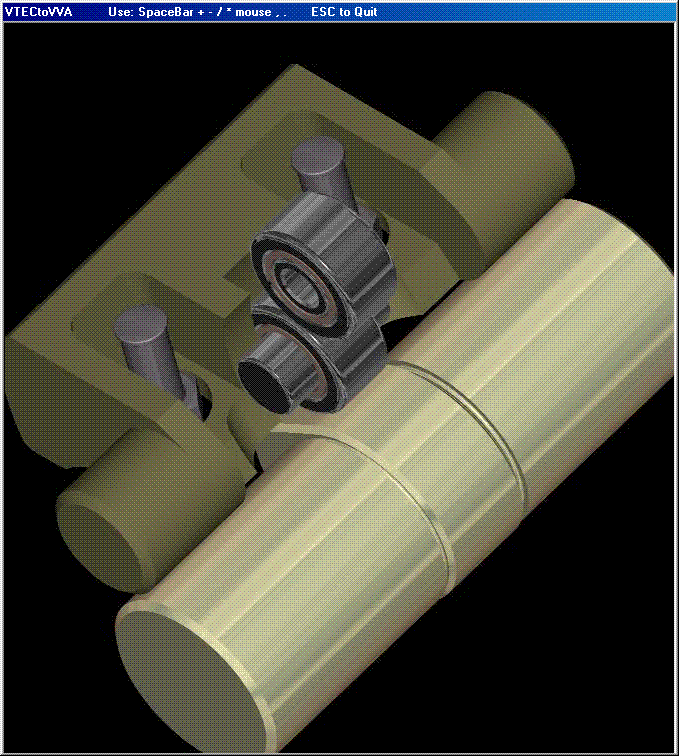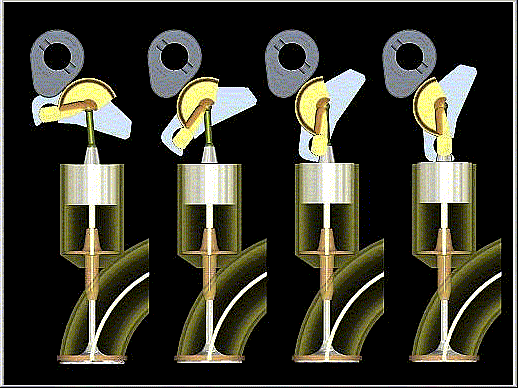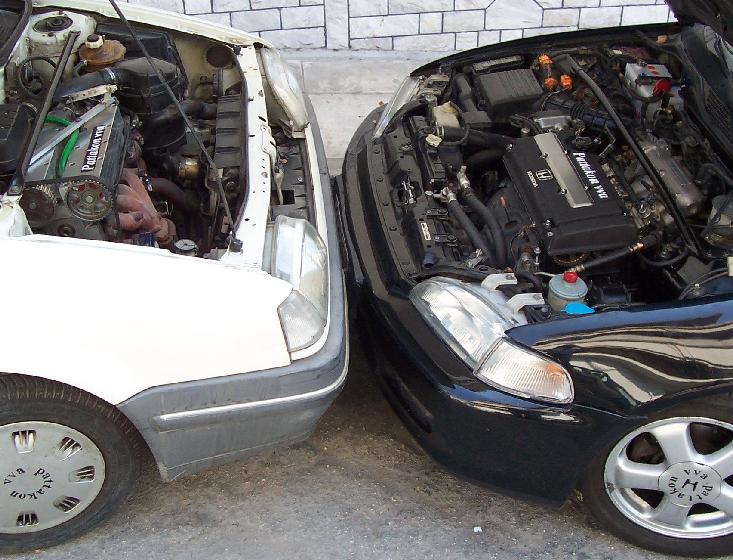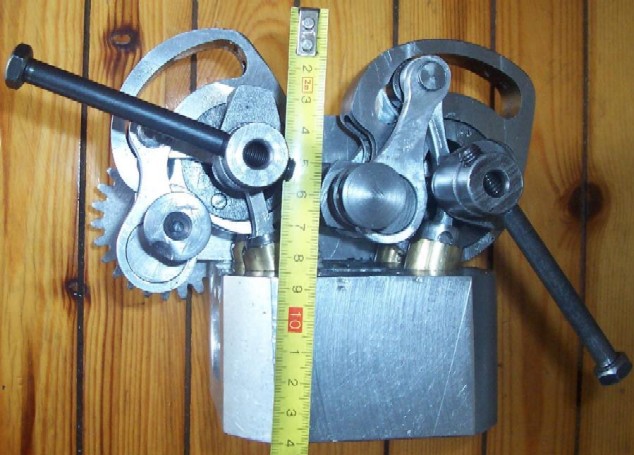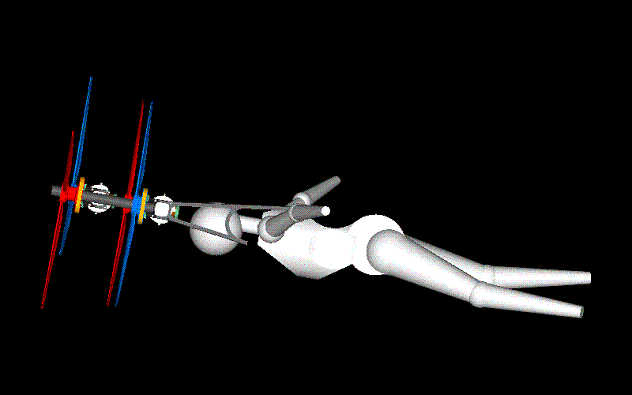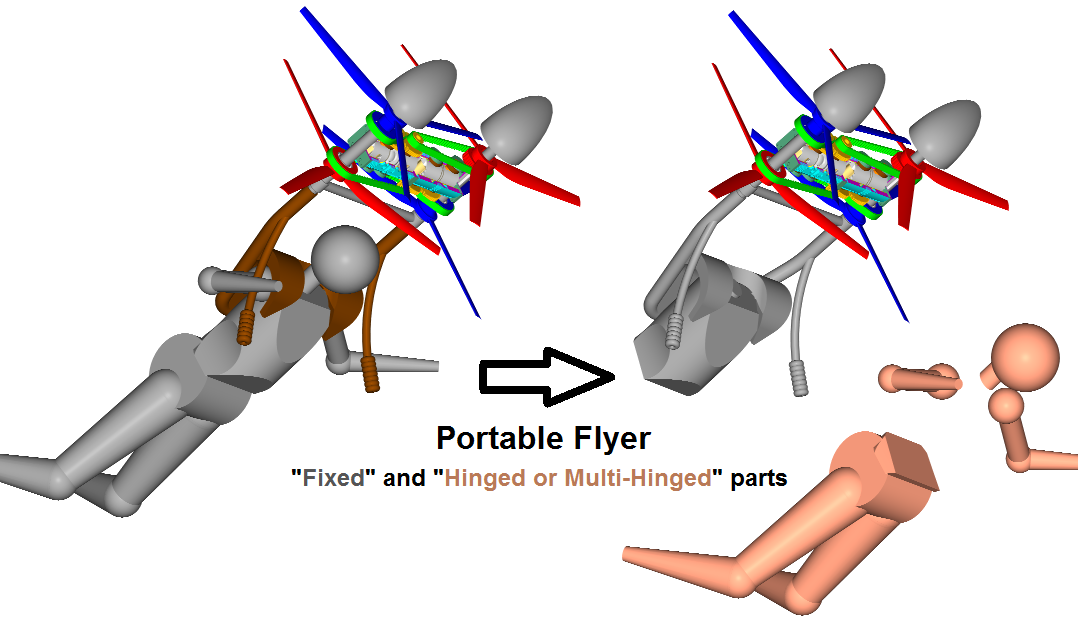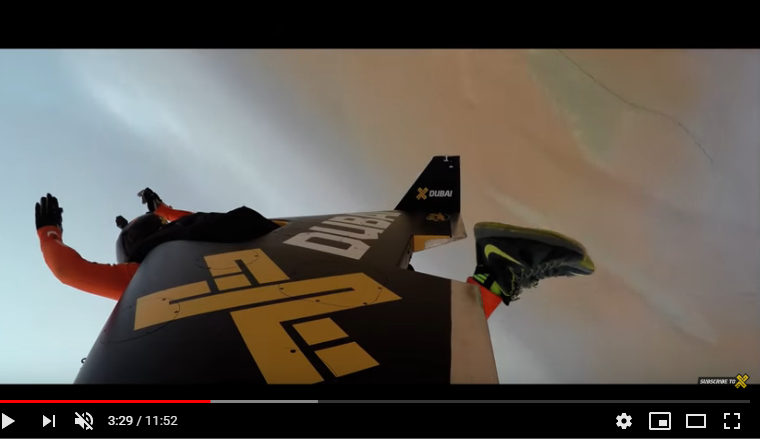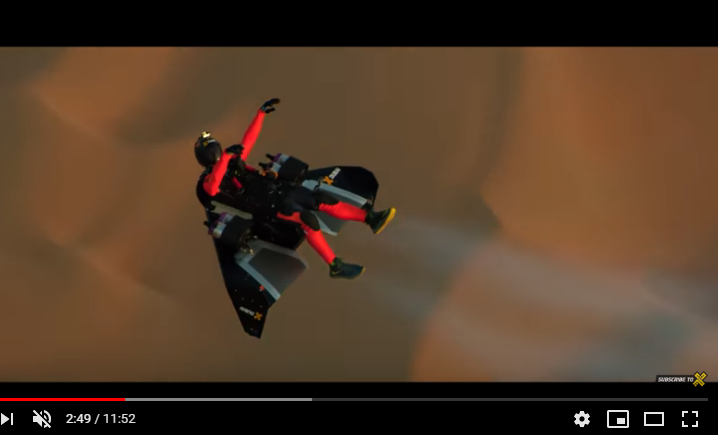Hello Rodak
You write:
“Well, I'm certainly curious how a pilot learns that feedback; is this some automatic thing that is instinctive?”
Think how you walk.
Walking is an instinctive dynamic process.
You don’t need to think carefully where exactly to put your right foot at your next step, or whether your center of gravity is a little offset, or whether the ground is not exactly horizontal, or whether the wind is strong, or …
The brain automatically “feels and reacts to correct”.
Yves Rossy (the JetMan) flies, as he claims, instinctively, like the birds.
After the initial training (tethered tests in controlled environment) the brain gets familiar with the dynamic process of flying, and responds “automatically”.
As Rossy says, he just turns his head towards the desirable direction, and his Delta Wing JetPack follows flying towards that direction.
You also write:
“While we are on the subject, why do you have (2) counter-rotating propellers? Why not just a single set or two propellers rotating in the opposite direction to counter torque? That would seem to be much lighter.”
The arrangement with the two independent pairs of counter-rotating propellers and the two independent engines is for safety, for compactness, for lightweight, etc.
All are explained at
https://www.pattakon.com/GoFly/DTR_1.pdf,
https://www.pattakon.com/pattakonPatTol.htm
and
https://www.pattakon.com/pattakonFly.htm
Read the above and if you still have questions let me know to explain.
For instance:
SAFETY (from the second link):
As the Osprey, the Portable Flyer is capable for "vertical take-off / landing (like a helicopter), and for high-speed long-distance high-mileage flights (like an airplane).
The malfunction of the one propulsion unit (due, for instance, to an engine failure, or to a rotor breakdown, or to a broken tooth-belt etc) is not fatal because the other (completely independent) propulsion unit, ALONE, is capable for the safe landing of the Portable Flyer.
In the Osprey V-22 the malfunction / collapse / breakdown of the one rotor may turn out fatal, especially during a vertical take-off or landing.
In comparison, the Portable Flyer with the two OPRE Tilting engines is safer.
The breakdown of a rotor of a propulsion unit is not fatal: the other propulsion unit of the Portable Flyer (comprising an engine and two counter-rotating rotors) enables a safe landing or, if necessary, the flight to the closest safe landing place.”
For instance:
Counter-rotating and contra-rotating propellers (from the first link above, from where the screen-shot is taken):
The left upper and the left lower propellers compose a pair of “contra rotating” propellers (the one driven by the right engine, the other driven by the left engine, both rotatably mounted on the same pipe).
The right propellers comprise another pair of “coaxial” contra-rotating propellers.
The two engines operate independently from each other and can run at different revs if desired (to optimize the overall thrust and mileage).
For instance, if the lower propellers are similar (same diameter, same pitch, same design etc) to the upper ones, the lower engine may run at different rpm to align its propellers with the different air stream they “see” as compared to the air stream the top propellers “see”.
The set of the four propellers can be regarded as two “contra rotating” sets of counter-rotating propellers. A common characteristic of both, of the contra-rotating propellers and of the counter-rotating propellers, is the higher thrust to power ratio.”
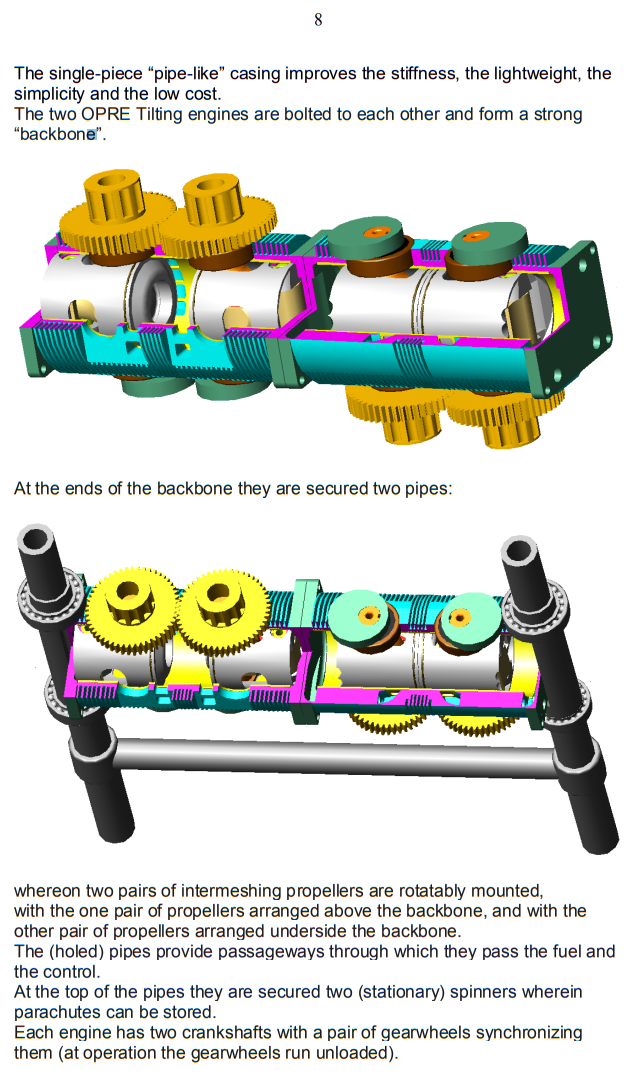
Thanks
Manolis Pattakos

